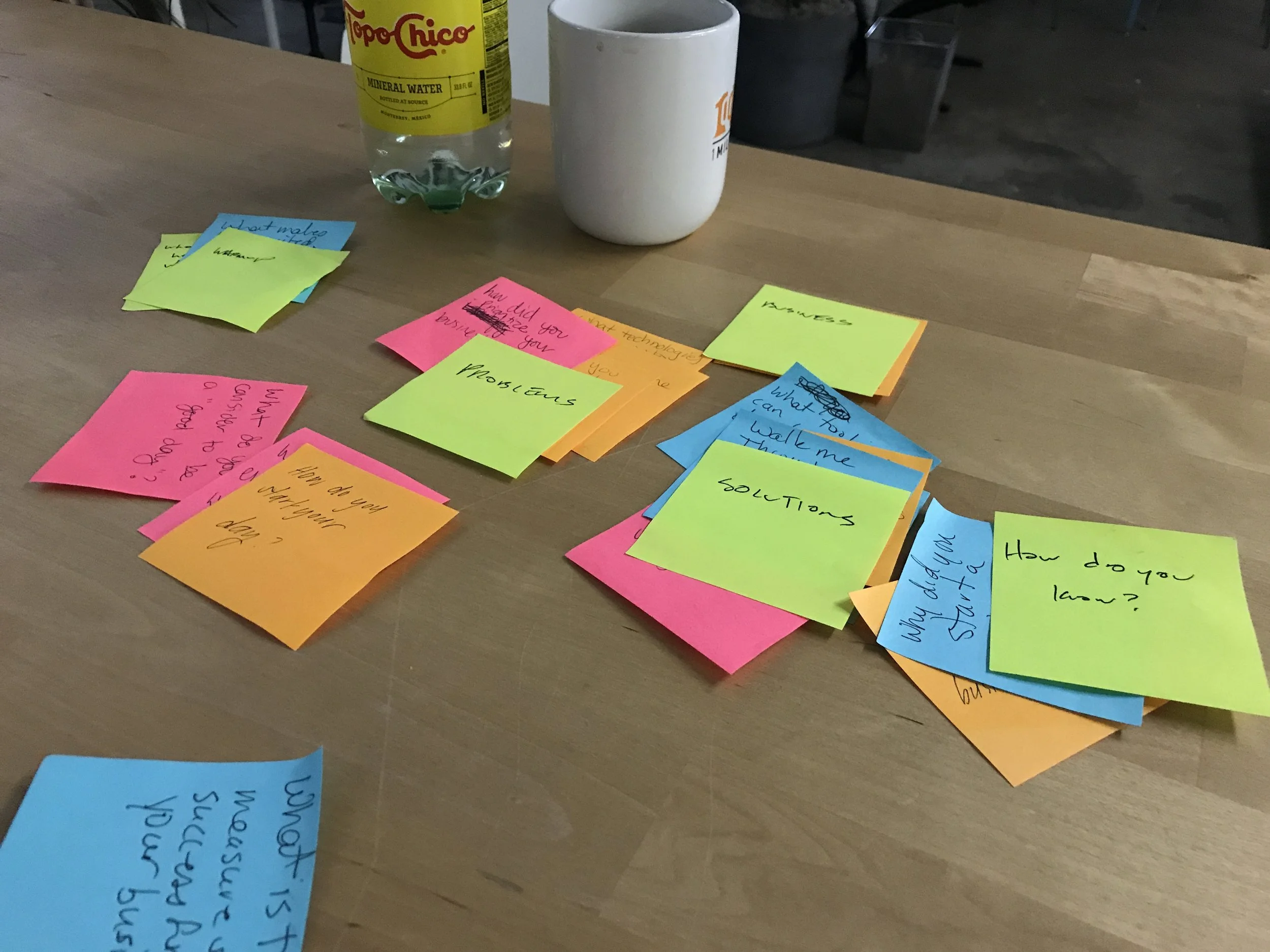Figure 1: Data from two days of workshopping, in a grocery bag.
Every design researcher, product manager, UX designer, or strategist faces this situation sooner or later. After we do our field research, gather our stakeholders, and engage everyone enough to get all of our brilliant ideas into sticky notes. We sketch, we write, we make models, and we make sense of it all. And then? The workshop is over. It's time for happy hour! Great job, team.
It's your job now to figure out the next steps.
And so now you're stuck with the task of making this all make sense in a format that can be emailed, shared, uploaded to Basecamp, or converted to JIRA tickets. Suddenly, this all seems like a lot less fun. And what's worse, you've got piles of sticky notes taking over your desktop, and photos of what seemed like such magic collaboration sitting in a folder. What comes next? What do you do with all of these freaking sticky notes?
We've faced this problem more than once, and we've learned by trial and error. Here are a few steps to turn those fleeting insights into actionable data, after you're done with workshopping.
Low-tech lifesaver: if you're taking portrait-style photos of your workshop participants, use a small chalkboard to label your photos while you take them, classic mugshot style.
1. Document it all (before, during, and after).
If you can, before you workshop, document not only your prompts, but also how you plan to schematise your data. What does this mean? Have a plan for identifying what's what after the fact.
For example, If you're going to take pictures of your attendees, make sure you have some way to identify these photos later. (One time-tested solution - have attendees write their names on a small chalkboard or whiteboard, and have them hold it up, mugshot-style).
You'll especially want to document the schemes you have in place for your stickies. Say that during your mapping exercise, you'll use green stickies for opportunities and, pink stickies for barriers, WRITE THIS DOWN beforehand.
This all helps future you, but also helps folks get involved. It's helpful for some folks with different learning and working styles to have instructions on paper. After your workshop is over, you'll do yourself a favor as well, as you won't have to scratch your head and think "What the heck were the pink stickies for again?"
From Adaptive Path's Guide to Service Design Blueprinting
2. Set up your spreadsheet like your exercises
After the workshop is over, you'll need to communicate what went on in the workshop, and you need to share it within your organization. The ain't-broke-don't-fix-it way of doing this is via a spreadsheet. You could also use the Post-it Plus app which, in all honesty, I've never tried.
So, make a spreadsheet, (maybe even ahead of time!) and set it up the way you've set up your workshop exercises: same order, same color schema. If things diverge from the planned path during the workshop (which they often do), you can update it.
3. Do your data entry ASAP (and remember it's an important step)
Ethnographers have a longstanding debate as to whether transcribing interviews is valuable as part of the research process. While it's been a minute since I transcribed an interview (I prefer to film them, and share clips in my reporting and analysis), I always find that I get real insights when I deep dive into data, even when it's the supposedly less-important act of transcription and data entry.
So what does this mean for you? Don't delay data entry- in fact, plan on it. If you've scheduled a Tuesday afternoon workshop, put time on your calendar Wednesday morning to organize and enter your data. Pay attention to the themes that emerge, and make a point to bring other people into this process. Which brings us to our next point...
4. Divide and Conquer
As is the case with most other parts of the design research process, having a partner in this step will help you tremendously. At minimum, recruit a colleague to come help out for an hour or two, (and offer to buy lunch). You'll build momentum working together, and it'll hold you accountable to getting it done. What's more, you'll be able to share your primary insights with each other, and draw on the data at hand to validate or question your hypotheses as they develop.
As you work together, find ways to capture and summarise your insights. Use Group Notetaking techniques on a whiteboard to jot down your findings. And as soon as you've finished entering the data, share your spreadsheet with the project team, summarising your topline insights in the email you send out. See what questions come back.
5. Envision next steps
Sometimes, very rarely, teams will know exactly where they want to go next after a workshop. But more often, workshops will generate as many questions as they will answers. So, after you've finished entering your data, fielding initial questions, and sharing your findings, figure out what your next steps are. Maybe it's creating a higher-fidelity version of the map you built in the workshop, to keep the team aligned. Maybe it's creating user stories for the dev team. And maybe it's finding the holes: the areas where you know that you don't know enough, and coming up with a plan to move forward with this new set of questions.




